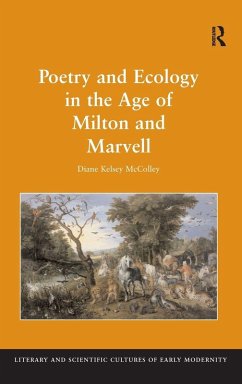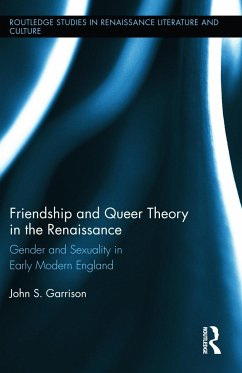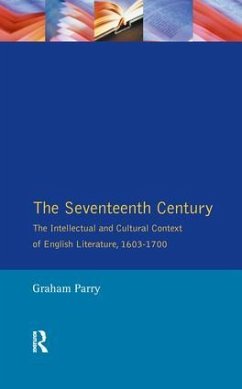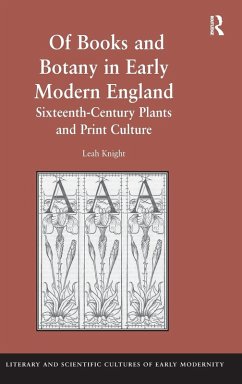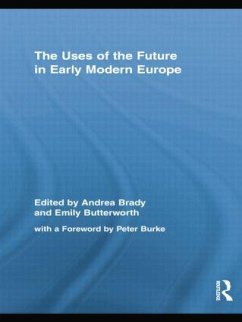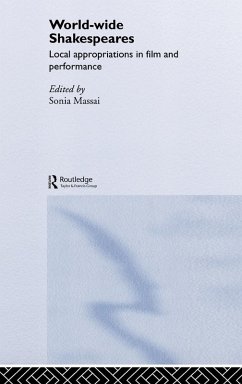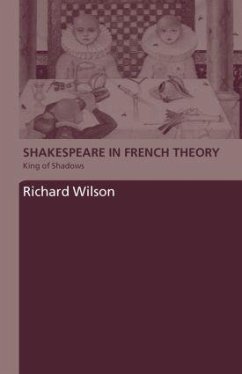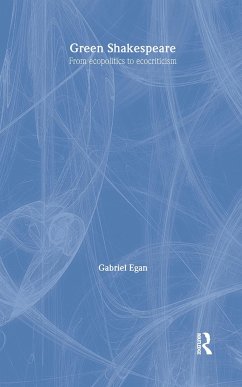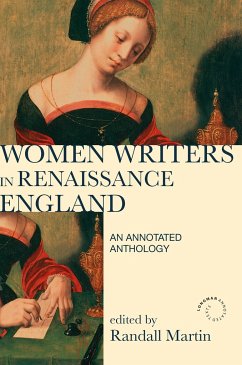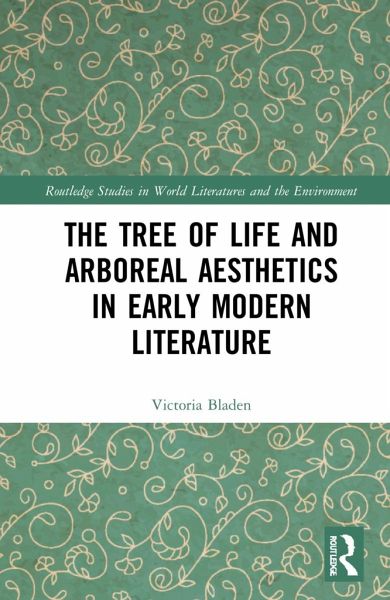
The Tree of Life and Arboreal Aesthetics in Early Modern Literature
Versandkostenfrei!
Versandfertig in 1-2 Wochen
167,99 €
inkl. MwSt.
Weitere Ausgaben:

PAYBACK Punkte
84 °P sammeln!
The Tree of Life and Arboreal Aesthetics in Early Modern Literature explores the vital motif of the tree of life and what it meant to early modern writers who drew from its long histories in biblical, classical and folkloric contexts, giving rise to a language of trees, an arboreal aesthetics. An ancient symbol of immortality, the tree of life was appropriated by Christian ideology and iconography to express ideas about Christ; however, the concept also migrated beyond religious doctrine. Ideas circulating around the tree of life enabled writers to imagine and articulate ideas of death and reb...
The Tree of Life and Arboreal Aesthetics in Early Modern Literature explores the vital motif of the tree of life and what it meant to early modern writers who drew from its long histories in biblical, classical and folkloric contexts, giving rise to a language of trees, an arboreal aesthetics. An ancient symbol of immortality, the tree of life was appropriated by Christian ideology and iconography to express ideas about Christ; however, the concept also migrated beyond religious doctrine. Ideas circulating around the tree of life enabled writers to imagine and articulate ideas of death and rebirth, loss and regeneration, the condition of the political state and personal states of the soul through arboreal metaphors and imagery. The motif could be used to sacralise landscapes, such as the garden, orchard or country estate, blurring the lines between contemporary green spaces and the spiritual and poetic imaginary. Located within the field of environmental humanities, and intersecting with ecocriticism and critical plant studies, this volume outlines a comprehensive history of the tree of life and offers interdisciplinary readings of focus texts by Shakespeare, George Herbert, Henry Vaughan, Aemilia Lanyer, Andrew Marvell and Ralph Austen. It includes consideration of related ideas and motifs, such as the tree of Jesse and the Green Man, illuminating the rich histories and meanings that emerge when an understanding of the tree of life and arboreal aesthetics are brought to the analysis of early modern literary texts and their representations of green spaces, both physical and metaphysical.




